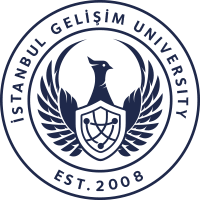
For your satisfaction and suggestions
İGÜMER
The occupational therapy approach focuses on helping individuals use their existing visual capacity as effectively as possible while minimizing environmental barriers. The main areas of intervention include improving visual-motor coordination, enhancing balance and spatial orientation skills, and teaching compensatory strategies that support independence in everyday life.
Visual-Motor Training: Activities such as object tracking, reaching for targets, and moving along lines help strengthen eye-hand coordination.
Sensorimotor Exercises: Games and structured activities that support posture control, balance, and spatial awareness are implemented.
Activity Adaptations: Materials with high-contrast colors, large-print texts, and clearly marked items are used to enhance visual performance.
Training in Daily Living Activities: Strategies are taught to increase independence in everyday tasks such as eating, dressing, or navigating within the home.
Occupational therapists also restructure the environment to support greater independence:
Ensure consistent and adequate lighting throughout indoor spaces and reduce glare from reflective surfaces.
Use high-contrast colors (for example, a dark switch on a white wall) to make visual distinctions easier.
Introduce assistive technologies such as magnified displays and text-to-speech applications to improve daily functioning.
Apply visual and tactile cues (e.g., textured flooring, raised markings) in shared spaces to aid navigation and orientation.
Occupational therapy interventions not only improve the visual and motor skills of individuals with albinism but also enhance self-confidence and social participation. Supporting independence in daily life helps individuals reach their full potential. With a neurologically informed perspective, occupational therapy plans can significantly and sustainably improve quality of life.